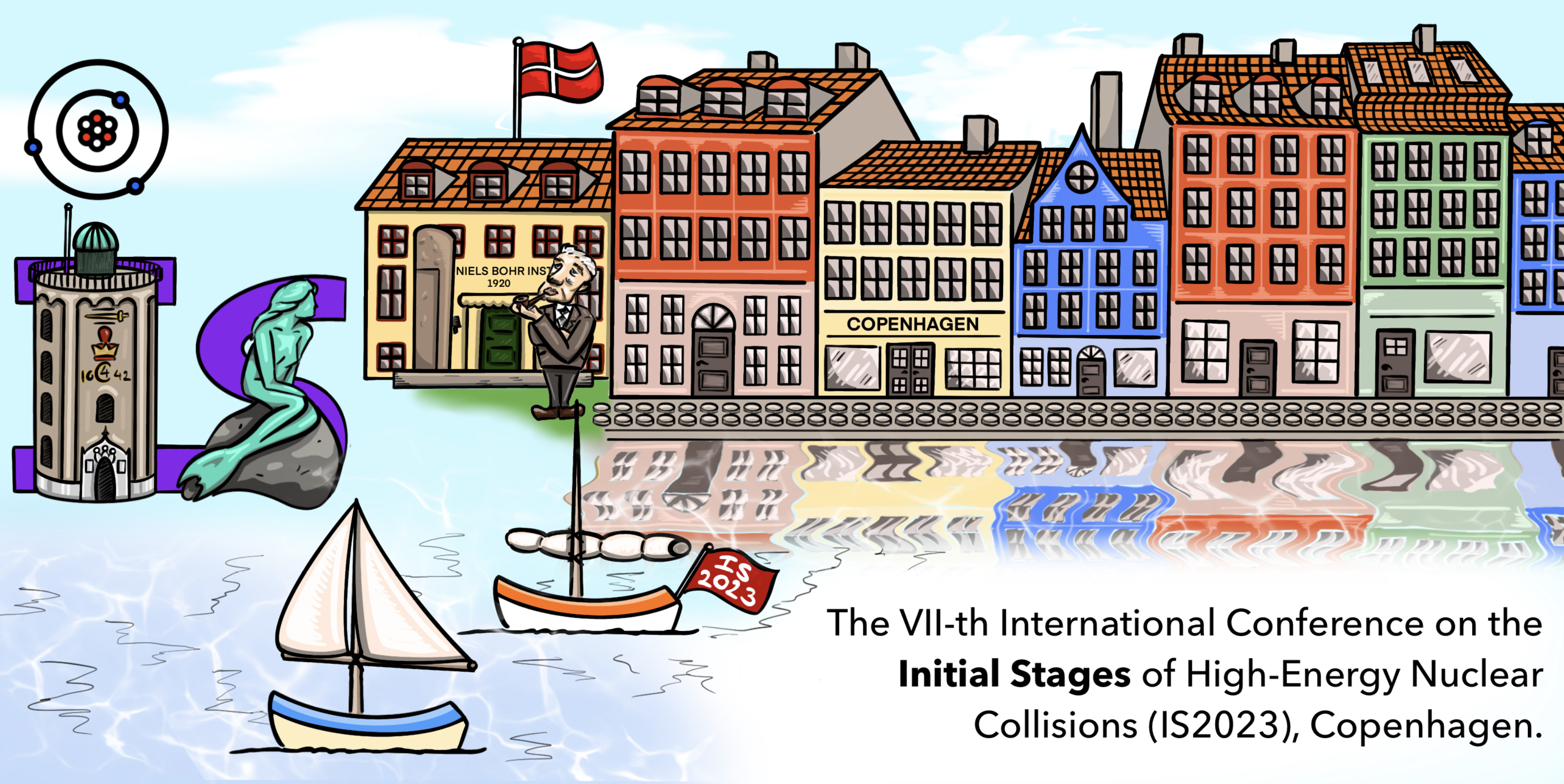Speaker
Description
The collisions of $^{96}_{44}$Ru+$^{96}_{44}$Ru and $^{96}_{40}$Zr+$^{96}_{40}$Zr performed at RHIC in 2018, albeit originally intended for the search of the chiral magnetic effect, showed that high-energy heavy-ion collisions could be used as a high-precision tool to probe nuclear structure. One typically models such collision as an initial energy deposition in the vacuum, whose distribution will be sensitive to the nuclear structure of the colliding nuclei. The initial energy-density distribution is then used to initialize hydrodynamic-based hybrid simulations. Alternatively, it is possible to correlate final-state observables (such as anisotropic flow) to characteristics of the initial state, as shown in, e.g. [1-3]. However, these ``mapping'' studies typically relate initial states of hydrodynamics to final-states, often neglecting the possible effects of a pre-equilibrium phase. A common choice for such early out-of-equilibrium dynamics is the free-streaming of massless partons. Due to the lack of interaction in this model, one expects it to be the one where loss of information about the initial geometry is bigger. Hence, it is not trivial that it will not adversely affect study of nuclear structure by erasing detailed information of the initial condition. In this work, we study the effects of free-streaming in the isobar systems for different initial state estimators, such as eccentricity, system size, momentum anisotropy and correlation between such quantities.
[1] J. Noronha-Hostler, L. Yan, F. G. Gardim and J. Y. Ollitrault, Phys. Rev. C 93, no.1, 014909 (2016)
doi:10.1103/PhysRevC.93.014909 [arXiv:1511.03896 [nucl-th]].
[2] G. Giacalone, F. G. Gardim, J. Noronha-Hostler and J. Y. Ollitrault, Phys. Rev. C 103, no.2, 024909 (2021)
doi:10.1103/PhysRevC.103.024909 [arXiv:2004.01765 [nucl-th]].
[3] M. Hippert, J. G. P. Barbon, D. Dobrigkeit Chinellato, M. Luzum, J. Noronha, T. Nunes da Silva, W. M. Serenone and
J. Takahashi, Phys. Rev. C 102, no.6, 064909 (2020) doi:10.1103/PhysRevC.102.064909 [arXiv:2006.13358 [nucl-th
| What kind of work does this abstract pertain to? | Theoretical |
|---|---|
| Which experiment is this abstract related to? | Other |
